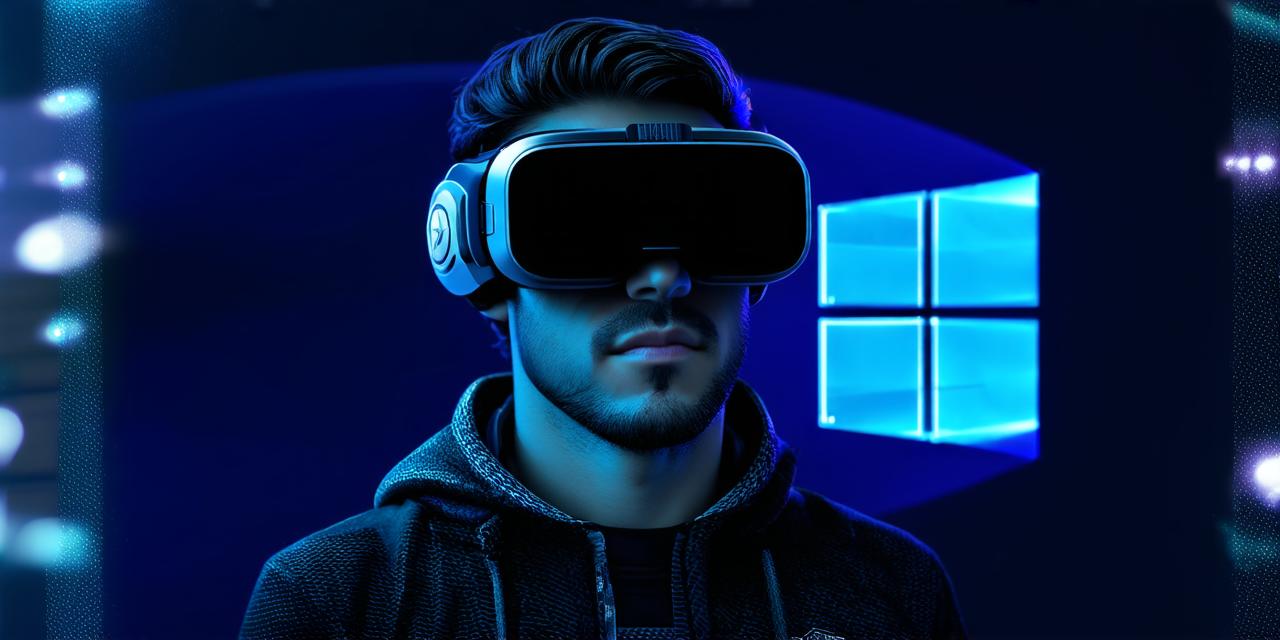Windows Mixed Reality (WinMR) is a virtual reality technology that allows users to experience immersive environments in a mixed reality environment. The technology was first introduced by Microsoft in 2017 and has since gained popularity among gamers, professionals, and businesses alike. In this article, we will explore the current support for Windows Mixed Reality and what users can expect from the technology in the near future.
Hardware Support
Windows Mixed Reality requires a compatible PC to run, as well as a motion controller and headset. Currently, there are several manufacturers that produce Windows Mixed Reality hardware, including Acer, HP, Dell, Lenovo, and Samsung. These devices come in different form factors, such as desktops, laptops, and all-in-one machines, making it easy for users to choose a device that fits their needs.
Software Support
Windows Mixed Reality also requires compatible software to run. Microsoft has developed the Windows MR platform, which includes several features that make it easy for developers to create mixed reality experiences. The platform supports both 2D and 3D applications, making it suitable for a wide range of use cases. Additionally, Microsoft has released the Microsoft HoloLens SDK, which allows developers to build custom applications specifically designed for the HoloLens headset.
Content Support
One of the key drivers of Windows Mixed Reality is its growing content library. Microsoft has partnered with several game developers and content creators to bring a range of games and experiences to the platform. Some of the popular games currently available on Windows MR include “Forza Horizon 4,” “Minecraft Earth,” and “Beat Saber.” Additionally, many professional applications, such as architectural visualization, medical training, and manufacturing, have been developed for Windows Mixed Reality.
Future Support
The future of Windows Mixed Reality looks promising, with continued hardware and software support from Microsoft and other manufacturers. Additionally, the increasing popularity of virtual reality technology is driving innovation in the space, which is likely to lead to new features and capabilities for Windows MR. As the platform continues to grow, we can expect more content and applications to become available, further expanding its use cases.
Summary
In conclusion, Windows Mixed Reality has come a long way since its introduction in 2017. With continued hardware and software support, as well as a growing content library, the technology is well-positioned for success in the virtual reality market. As the platform continues to evolve, we can expect even more exciting use cases and applications to emerge.
